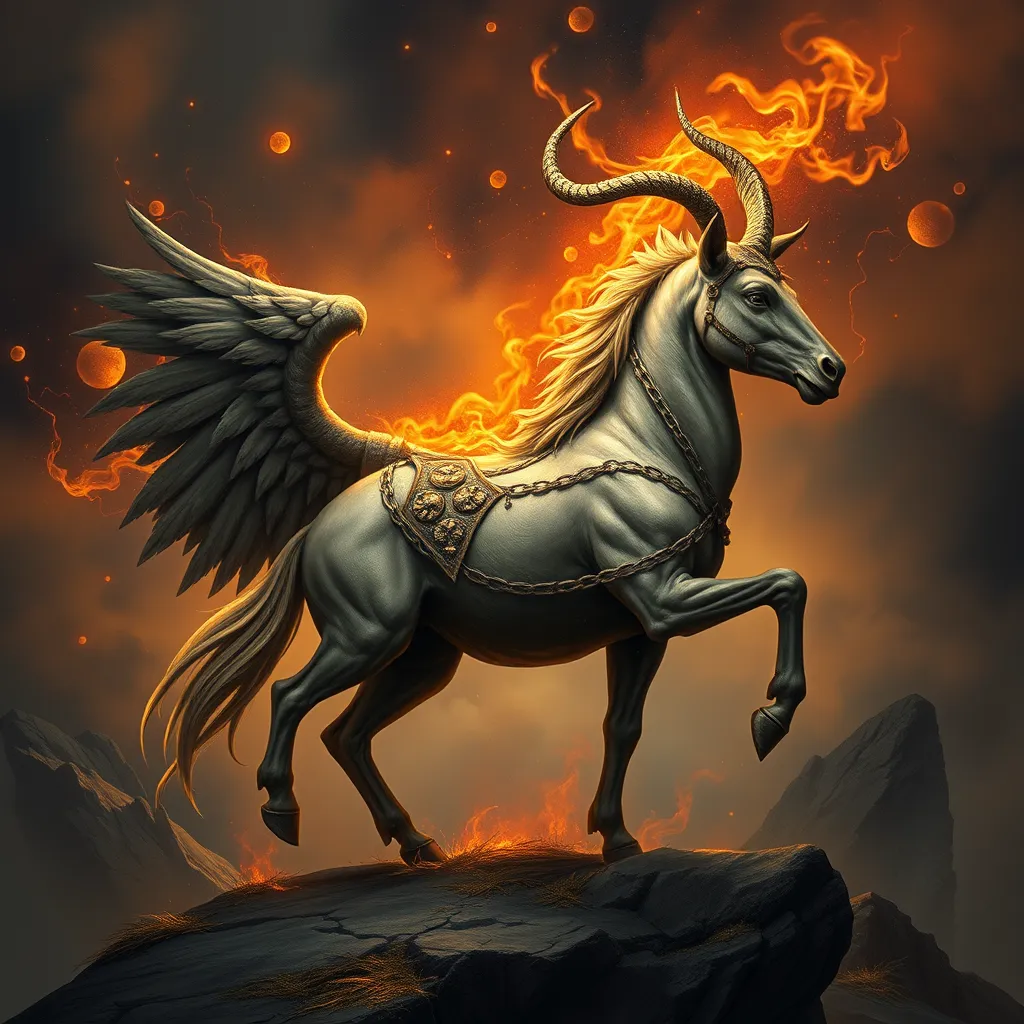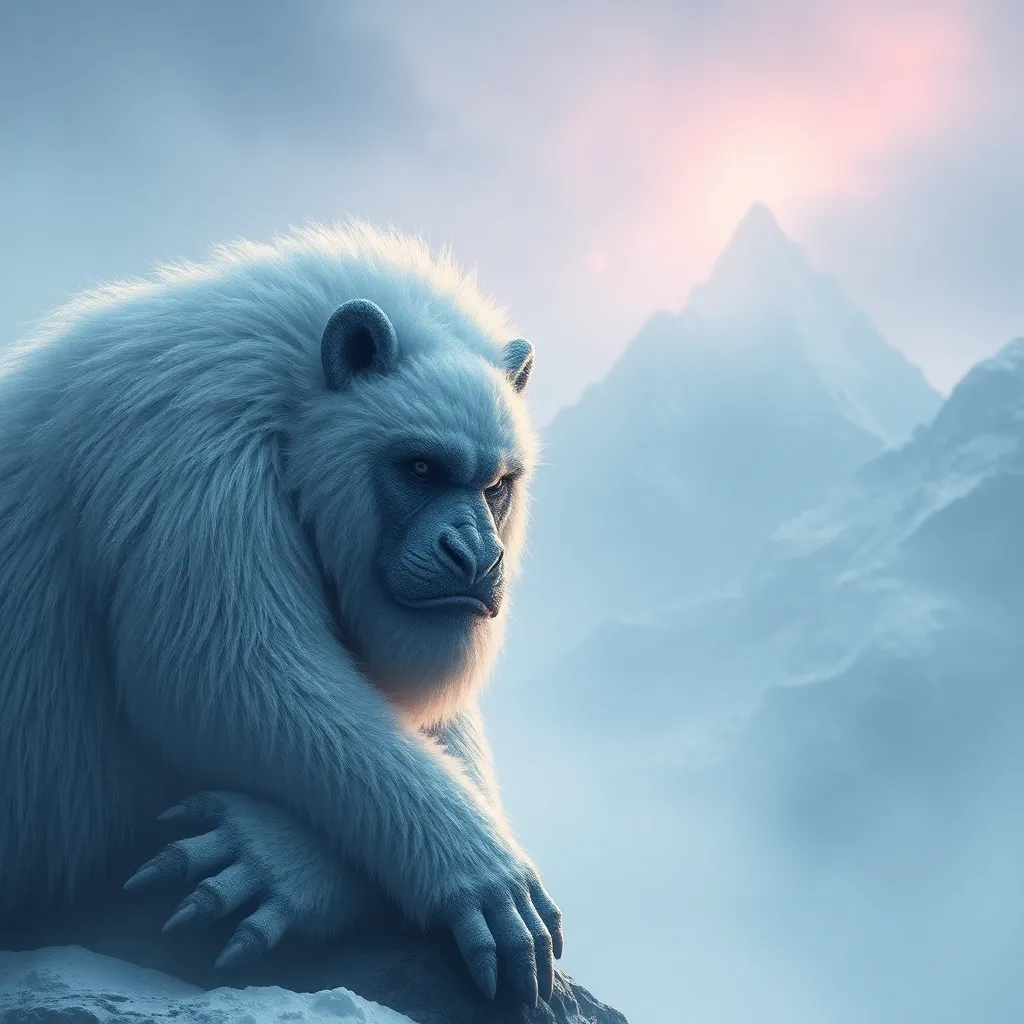The Kraken’s Prey: Understanding the Monster’s Vicious Nature
I. Introduction
The Kraken is one of the most infamous sea monsters in maritime folklore, often depicted as a gigantic cephalopod that terrorizes sailors and ships. Legends of the Kraken have persisted for centuries, captivating the imaginations of countless generations. This article aims to delve into the nature of the Kraken, exploring its characteristics, hunting grounds, and the types of prey it is known to target.
II. Historical Accounts of the Kraken
A. Origins of the Kraken legend in maritime folklore
The Kraken’s origins can be traced back to Scandinavian folklore, where it was described as a colossal creature lurking off the coasts of Norway and Greenland. The word “Kraken” itself is derived from the Norwegian word “krake,” which means “unhealthy animal.” Early sailors recounted tales of a beast that could drag entire ships beneath the waves, often attributing their misfortunes to this mythical monster.
B. Notable sightings and stories from sailors throughout history
- In the 18th century, an account by Francesco Negri detailed a creature resembling the Kraken, describing its enormous size and terrifying nature.
- In 1802, the British naturalist M. J. W. R. C. M. reported a sighting of a large creature that could have been the Kraken off the coast of Norway, further solidifying the legend’s place in maritime history.
- Numerous sailors throughout the centuries have claimed encounters with the Kraken, often describing it as a massive octopus or squid that would rise from the depths.
III. The Kraken’s Physical Description
A. Common depictions in literature and art
The Kraken has been depicted in various forms of literature and art, often portrayed as a monstrous squid or octopus. Artists have illustrated it with long, sinewy tentacles, large eyes, and a fearsome beak, emphasizing its terrifying presence in the ocean.
B. Analyzing size, tentacles, and other characteristics
Descriptions of the Kraken’s size vary greatly, with some accounts suggesting it could be as large as a ship. Its tentacles are often described as being capable of wrapping around vessels and dragging them down into the depths. Other characteristics include:
- Dark coloration that blends with the ocean depths.
- Ability to produce ink, similar to real squids, for defense.
- A largely unknown anatomy, leaving much to speculation.
IV. The Kraken’s Hunting Grounds
A. Geographic regions associated with Kraken sightings
The Kraken is primarily associated with the waters of the North Atlantic, particularly near the coasts of Norway, Iceland, and Greenland. These regions are known for their treacherous waters and rich marine biodiversity, making them ideal hunting grounds for such a creature.
B. The environmental conditions that make these areas favorable for the creature
The cold, deep waters of the North Atlantic provide a suitable habitat for large marine creatures. Factors that contribute to the Kraken’s presence in these areas include:
- Deep ocean trenches that serve as hiding spots.
- A diverse ecosystem that includes both large prey and smaller creatures.
- Strong currents that can conceal the Kraken’s approach.
V. The Prey of the Kraken
A. Types of prey: ships, sea creatures, and humans
The Kraken is said to have a varied diet, which includes:
- Ships: It is notorious for attacking vessels, dragging them down into the depths.
- Large sea creatures: Whales and large fish are often depicted as prey due to their size.
- Humans: Sailors and fishermen have long been believed to fall victim to the Kraken’s insatiable hunger.
B. Examination of the Kraken’s feeding behavior and techniques
The Kraken’s hunting techniques are often described in dramatic terms. It is said to use its long tentacles to ensnare prey, pulling them into its beak for consumption. Some accounts suggest that the Kraken could create whirlpools to capsize ships, making it a formidable predator in the ocean.
VI. The Psychological Impact on Victims
A. Fear and mythos surrounding encounters with the Kraken
The mere mention of the Kraken strikes fear into the hearts of sailors. Its reputation as a monstrous predator has been ingrained in maritime culture, leading to superstitions and cautionary tales that warn of its wrath.
B. The role of the Kraken in maritime culture and mentalities
The Kraken serves not only as a monster in stories but also as a symbol of the unknown dangers that lurk beneath the surface of the sea. It embodies the fears of sailors venturing into uncharted waters, reminding them of nature’s unpredictable and often violent temperament.
VII. Modern Interpretations of the Kraken
A. The Kraken in contemporary media and literature
In modern times, the Kraken has made its way into popular culture, appearing in films, books, and video games. Movies like “Pirates of the Caribbean” have brought the creature to life, showcasing its terrifying nature to new audiences.
B. Scientific perspectives and the real-life creatures that may have inspired the legend
While the Kraken is a mythical creature, real-life animals such as the giant squid and colossal squid may have inspired its legend. These creatures, previously thought to be mere myths, have been found to exist in the depths of the ocean, reinforcing the idea that some tales may have a basis in reality.
VIII. Conclusion
The Kraken remains one of the most enduring symbols of the sea’s mysteries and dangers. Its nature, as explored in this article, reveals not only a creature of legend but also a reflection of humanity’s fears and fascination with the unknown. As we continue to explore the depths of our oceans, the legacy of the Kraken serves as a reminder of the wild and unpredictable nature of the sea.



